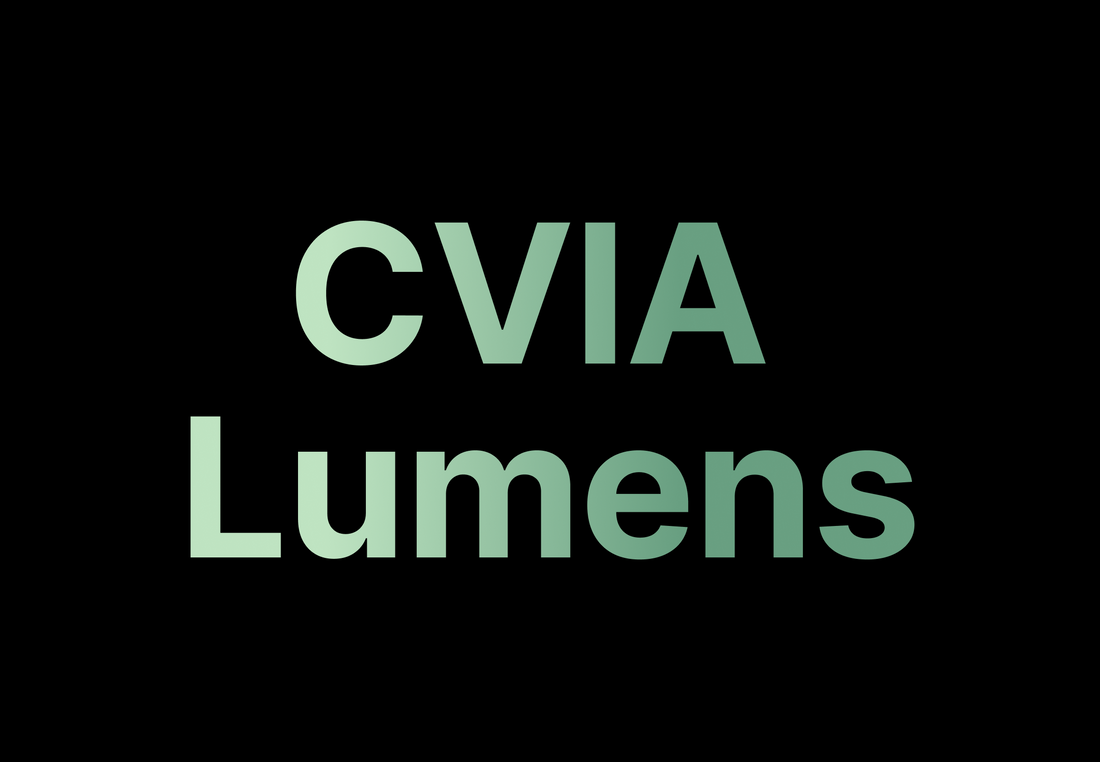CVIA Lumens vs ANSI Lumens

When buying a projector for your home theater room or any other big screen experience, one of the main things you need to consider is the projector’s brightness levels and how it’ll perform in different lighting conditions. Projectors are often labeled with information about their brightness, but it’s important to understand what the different labels mean to determine the projector that’s best for you.
We previously explored the difference between lumens and ANSI lumens. We determined that while the lumen is used to measure light emitted from any light source, ANSI lumen is only used to describe the light emitted by a projector, based on certain measurement criteria. Today we’ll be looking at the difference between the widely accepted ANSI lumen and the newer, more accurate standard of measurement known as the CVIA lumen.
What Is the CVIA Lumen?
CVIA lumen is an innovative standard of measurement developed by the China Video Industry Association (CVIA). The CVIA hopes to surpass the traditional ANSI lumens standard by providing a more precise and authentic representation of projector brightness in real-world settings.
How Is CVIA Lumen Different from ANSI Lumen?
Unlike ANSI lumens, which gauges brightness solely at the center of the screen and assumes a fixed color temperature of 6500K, CVIA lumens considers the projector's brightness at different points across the entire screen, as well as the amount of ambient light in the room the projector is used in. The CVIA lumen also takes into consideration each projector’s color temperature, with the standard set between 6000K and 18000K.
As a result of the differences in measurement, CVIA lumens ratings tend to be typically higher than ANSI lumens ratings for the same projector.
Why CVIA Lumen Is More Favorable
As mentioned above, CVIA lumens consider the real-life conditions a projector is most likely to work in, like the ambient light that naturally exists in a room. Let’s explore the three main reasons why it’s in your favor to opt for a projector that measures brightness in CVIA lumens.
The Measurement Is More Accurate
CVIA lumens stands out for its superior precision because it considers the projector's brightness across nine different points on the screen while incorporating the color temperature of the projector, and the ambient light in the room. In contrast, ANSI lumens only measure brightness at the screen's center, assuming a standard color temperature, and extremely low light levels.
It’s More Relevant to Real-Life Conditions
The CVIA lumens measurement aligns more closely with everyday living conditions. Considering that projectors are often used in rooms with ambient light and large screens, CVIA lumens consider these variables. ANSI lumens, on the other hand, overlook these crucial factors. Simply put, ANSI lumens are equivalent to an appliance’s lab test result, while CVIA lumens are closer to the user review after using the product.
It’s Becoming More Widely Adopted
More than 10 Chinese projector manufacturers, including Dangbei and Fengmi, have officially adopted CVIA lumens as the measurement of their products. This widespread adoption aims to simplify the comparison of projector brightness and enable users to select a projector that delivers the best image quality in their specific environment.
The Xming Page One: One of the Best CVIA Lumens Projectors
The Xming Page One is the world’s first Google TV LCD projector with certified Netflix. It boasts a native 1080p resolution, a built-in Boston Acoustics sound system, and a spectacular 2000:1 contrast ratio. TechUtopia, a tech review channel on YouTube, recently assessed the Xming Page One and noted that the projector's brightness levels are most optimal in a dim environment, yet still remain practical and visible when the lights are on.
The New Standard of Brightness
When selecting a projector for your home theater or other big-screen experiences, understanding brightness levels is crucial. We've explored the distinction between lumens and ANSI lumens in a previous discussion, highlighting the latter's relevance to projectors. Today, our focus shifted to the emerging standard of measurement known as CVIA lumens, embraced by over 10 Chinese projector manufacturers, including Dangbei and Fengmi. In the coming years, CVIA lumens will be more widely accepted due to how they simplify brightness comparisons. We hope this newfound knowledge comes in handy when you’re buying your next projector.

